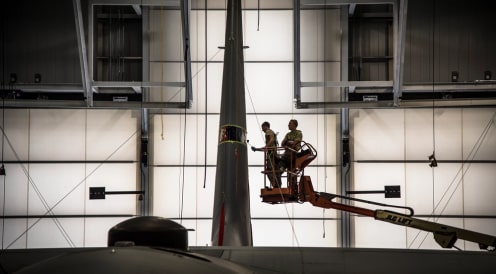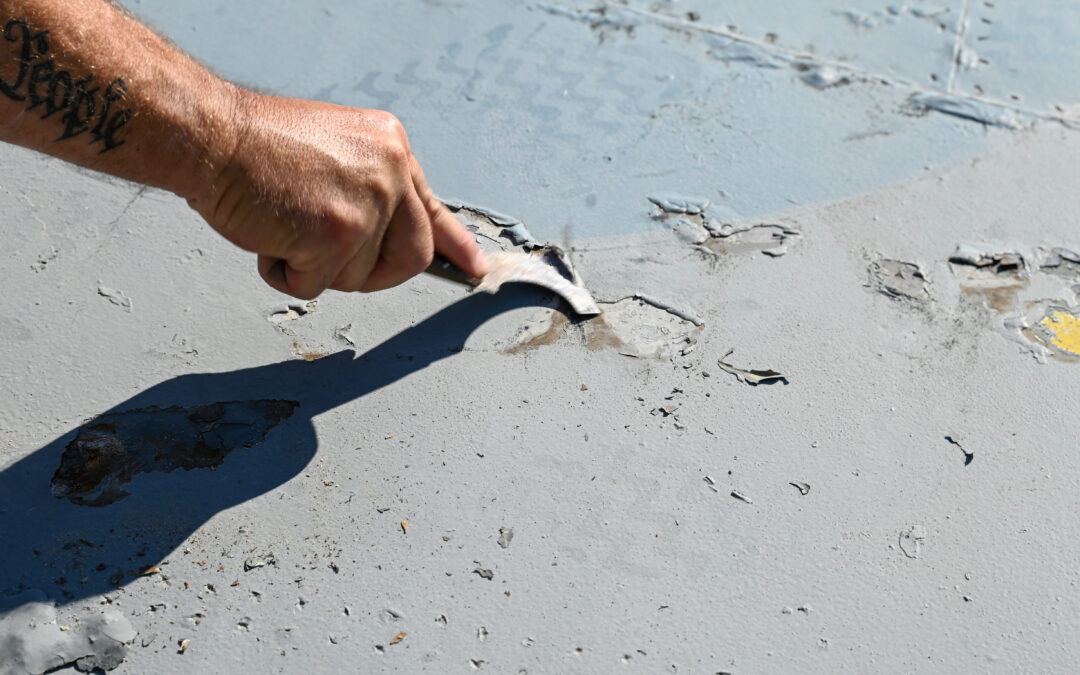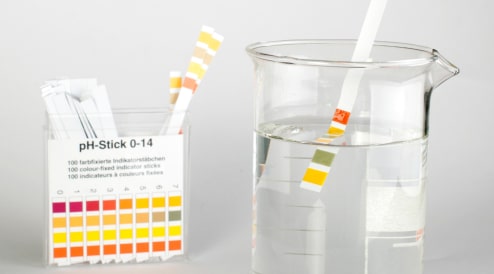Foreign object debris, commonly known as FOD, is any material or object that does not belong in an aircraft or aerospace system. FOD can be made up of almost anything—from small particles of dirt to larger objects such as tools, bolts, or other materials.
FOD poses a significant risk to aerospace and military operations and manufacturing and can cause serious damage to critical systems. This can lead to safety hazards or even catastrophic failure. One of the key ways to prevent FOD is through regular and thorough cleaning of all surfaces, both internal and external.
Military
Fighter jets, transport and supply aircraft, helicopters, and UAVs all have sensitive displays, windows, and windscreens. In these precision craft, windscreens can get to the point where visibility, or lack thereof, affects safety of operation.
However, the materials made available to our troops are at risk of damaging sensitive components during the cleaning process. Damaged equipment can be catastrophic to those on duty. Protecting the displays of jets, helicopters, and other aircraft is an important practice to promote safety.
Aerospace
Any foreign object left on an aircraft or spacecraft can potentially cause damage. Such damage includes punctures, abrasions, and even engine failure. The aviation industry is well aware of the dangers of foreign object debris.
In aerospace, cleaning surfaces is not just about maintaining the appearance of the aircraft or spacecraft. It is a critical part of ensuring the safety and reliability of the entire system. Foreign objects can affect how well an aircraft or spacecraft flies, causing it to perform poorly or become unstable. Even small objects can create significant drag, which can have a detrimental impact on fuel consumption and overall performance. As far as FOD prevention goes, aerospace manufacturing companies have implemented strict protocols for aircraft cleaning and inspection. Regular cleaning of all surfaces is essential, including internal components such as engines and avionics.
The Dangers of FOD
Consider the following scenario. An international flight is scheduled for departure, however, during the pre-flight checks, the maintenance crew detects an unusual odor. Additionally, they notice hydraulic fluid leaking from the aircraft’s landing gear bay.
Despite this, the flight is cleared for takeoff after the leak is deemed minor. Shortly after takeoff, the flight crew receives warnings of hydraulic system malfunctions. The aircraft’s primary hydraulic system indicates low pressure, and the secondary system begins to exhibit signs of contamination.
The flight crew declares an emergency and returns to the airport safely. However, there are significant difficulties in controlling the aircraft due to compromised hydraulic systems.
This situation shows how FOD contaminants in aviation can be dangerous, causing more than just flight delays.
It underscores the need for stringent FOD awareness, maintenance protocols, comprehensive training, and robust quality control measures. By learning from such examples, the aviation industry can enhance safety and prevent similar occurrences in the future.
Manufacturing
In aerospace manufacturing, a lack of FOD control can cause significant delays. As a result, companies often increase costs, accidentally damage machinery, and encounter problems during assembly. This can lead to production delays and even costly repairs.
Technicians carefully inspect and regularly clean all components and tools used during maintenance or manufacturing. Proper aviation cleaning helps to ensure that no foreign objects are present.
Best Practices
The aerospace industry has implemented training programs to educate employees on the dangers of FOD and the importance of prevention. All personnel involved in the maintenance or manufacturing of aerospace systems are trained to recognize and prevent FOD.
The cleaning of aircraft and spacecraft often requires the methodical application of a surface solvent for solubilizing contaminants. These contaminants include grease, dust, and other forms of FOD hazards. This targeted application enables the efficient removal of contaminants and results in a thoroughly cleansed surface.
Because certain surfaces are extremely delicate, it is important to use the correct cleaning protocols and prevent foreign object damage. Be sure to use the proper solutions and materials to keep aerospace components safe, reliable, and efficient.
Learn more about the products offered by M-Squared Innovations.




